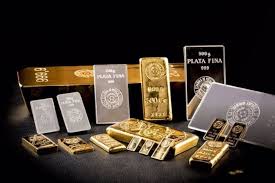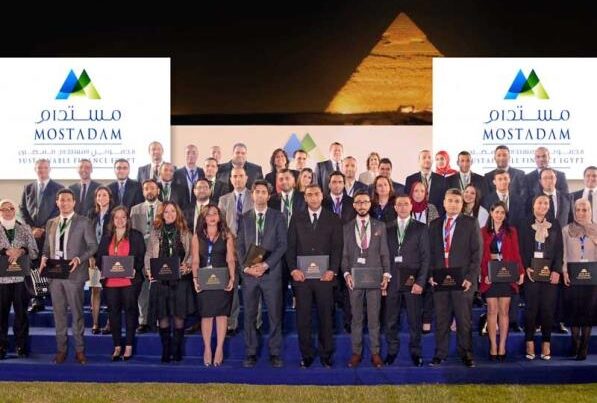Fast cars, spectacular races and vibrant cities. Formula One is among the most popular sports in the world. Almost 500 million unique viewers watch the races. Having so many people watching means a lot of money, coming from broadcast and sponsorship deals.
El Grupo de Fórmula Uno es una compañía multimillonaria. Pero, ¿Cuál es la cifra más inesperada al analizar el éxito de la Fórmula Uno? Es el deporte de más rápido crecimiento en las redes sociales. Eso es impresionante, debido a que hace solo un par de años, el entonces jefe de la Fórmula Uno, Bernie Ecclestone, dijo: «No estoy interesado en tuitear, Facebook y lo que be que sean estas tonterías. Ahora podríamos decir «OK boomer».
But first, Bernie Ecclestone is too old to be a boom, and second, how could Formula One build such a strong digital brand even when his boss had nothing but ignorance left for the digital generation? How did the Formula One Group manage to outpace heavyweights like the Premier League, NBA and UFC and become the fastest growing sports league on social media?
The gentlemen's club with money
Ecclestone's control over the sport, which grew out of his pioneering sale of television rights in the late 1970s, was primarily financial. But under his leadership, the Formula One Group also managed the management, set-up and logistics of each Grand Prix, making him one of the richest men in the UK.
Aunque Ecclestone comprendió muy bien lo rentables que podían ser los derechos de transmisión, no logró entender el auge de los medios digitales. Su aversión contra Facebook, Youtube and Twitter además se basaba en la forma en que veía a sus clientes. Su principal grupo target era «el hombre de 70 años con mucho dinero en efectivo». Básicamente no entendía por qué la gente quiere llegar a la llamada generación joven. «La mayoría de estos niños no disponen dinero», dijo. Esa mentalidad creó la estatus de la Fórmula Uno de un club de chicos viejos.
the racing series suffered from reduced interest and loss of endorsement deals. For the past few decades, revenue has been generated primarily through television rights and race hosting fees. Formula One even lacked a professional marketing department. They were basically not configured for the 21st century.
The rebranding of Formula One
Eso cambió cuando Liberty Media compró el Grupo de Fórmula Uno en 2017. No tomaron atajos y relanzaron la marca menos de un año luego de la adquisición y reemplazaron el antiguo Logo, lo que generó un gran debate. Siguió una campaña de marketing sin precedentes: competiciones oficiales de deportes electrónicos, un juego de fantasía, un acuerdo de apuestas deportivas y una colaboración de aprendizaje automático con Amazon. Pero uno tras otro.
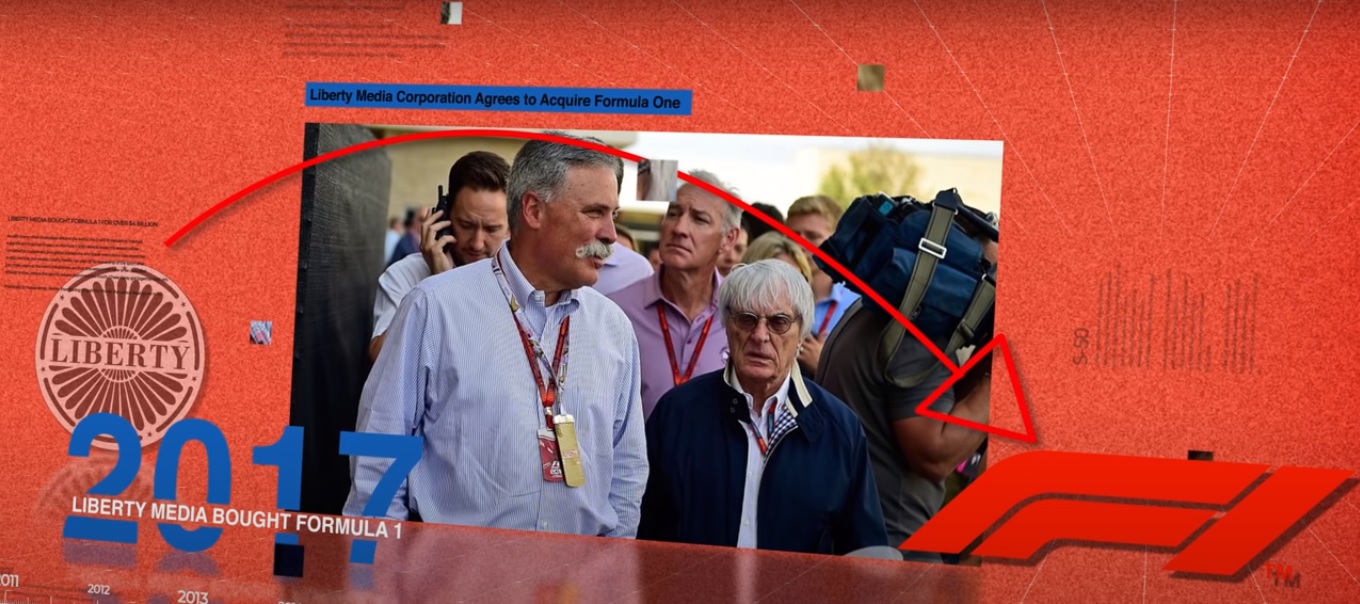
Liberty Media's entry into F1 caused a change in perspective. The organization seeks to turn sport into entertainment.
Liberty Media's entry into Formula One
Let's take a look at how Liberty Media reinvented the Formula One brand. In contrast to Ecclestone's intuitive approach, Liberty Media started with data. The first three months were dedicated exclusively to an in-depth investigation of their fan base.. They came out of it with a deep understanding of what the fans wanted: to get closer to the sport. By analyzing the results, they were also able to gain meaningful insights into which consumer groups to target. "A very interesting group of fans are casual buyers (...) and I think that's where social media is a big possibility."
Then Liberty Media began to exploit the marketing potential of the Internet. They have significantly increased their presence on social media to more accurately engage with this type of consumer group: millennials and fans, who are connected through these channels.
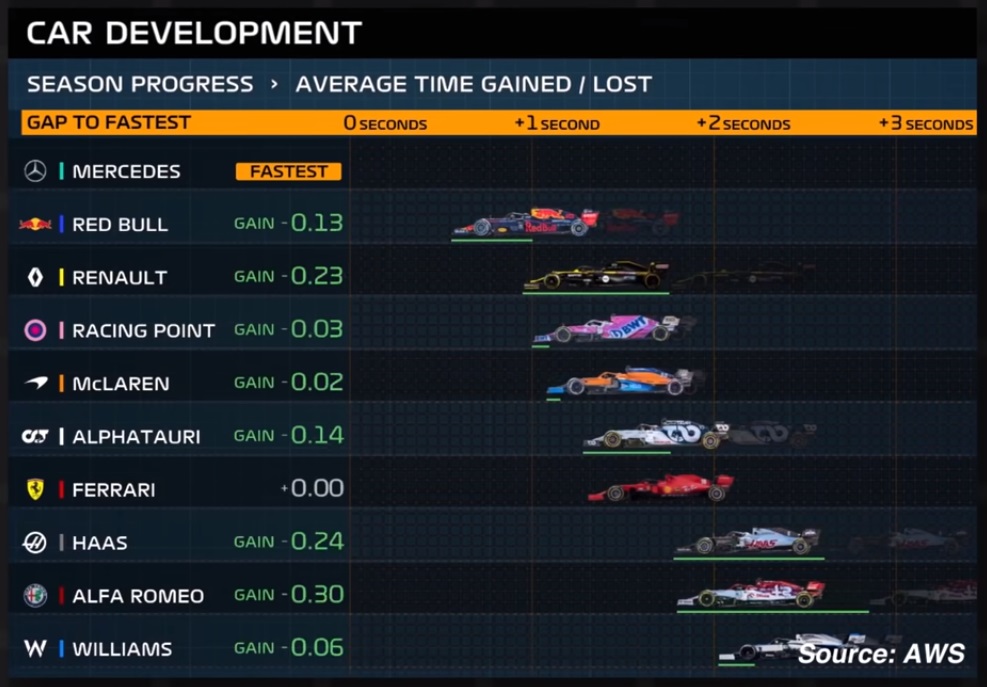
The strategic alliance with aws to exploit race data
El volumen de contents social en todas las plataformas principales cada día es impresionante. Los videos destacados de F1 que todos vemos en YouTube: gracias por ese medio de libertad. Y vale la pena. For the third year in a row, F1 is the fastest growing major sport on social media. Echa un vistazo a su channel de YouTube: incrementaron más del doble sus suscriptores en 2020 de menos de 2 millones a más de cuatro y medio. Más significativamente, más de la mitad de estos nuevos fans tenían menos de 35 años. Consiste en fans que disponen el potencial de apoyar el deporte durante muchas décadas.
USP broadcasting
The foundation of that success is lots of great content, like videos and images, that can be turned into engaging social media posts. And in that sense, Formula One is in a privileged position. Unlike other sports, Formula One handles all of the broadcast logistics itself.
The group then provides a global feed to its television partners, each of whom pays a high price for broadcast rights. Subsequently, those networks add their own on-screen commentary and graphics for rebroadcasting. Global streaming revenue for 2018 amounted to over $600 million. Taking care of the internal transmission also means that Formula One Group owns all the copyrights and has full control over the content and its appearance. That is why Liberty Media has explored new ways for viewers to watch formula 1 online.
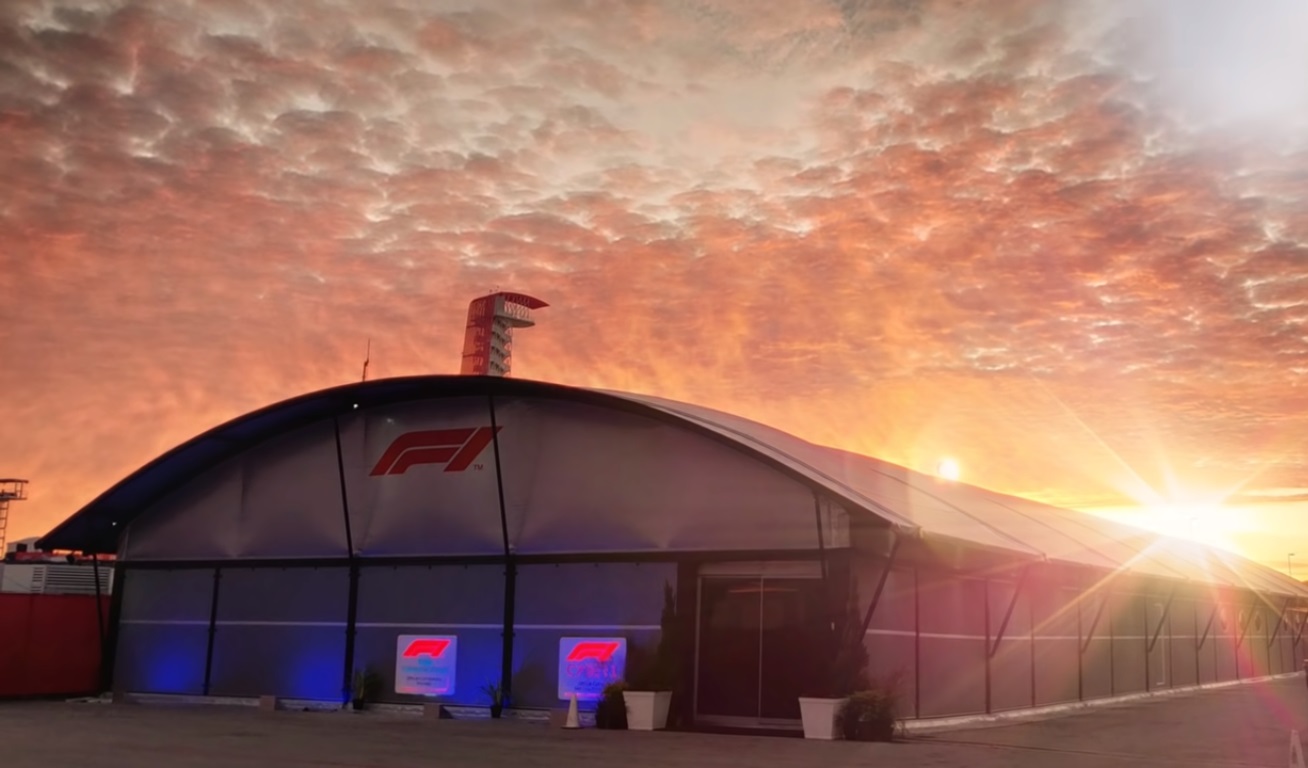
F1 broadcast center is one of the most important of its kind
For decades, Formula One has led the world of sports broadcasting with pioneering technologies such as on-board cameras, live graphics, helicopter cameras and ultra-high definition. At each race, they deploy 90 cameras, 147 microphones and 50 miles of cable, capturing more than 430 hours of live television per season.
As a consequence, the F1 Broadcast Centre, the largest and most complex transportable facility of its kind, is at the heart of the Formula One business. F1 delivered live action to almost 500 million unique viewers globally in 2019.
When Liberty Media arrived, they began to rethink all camera positions to reflect the speed of the sport. They also changed the position of the microphones in the cars, to make sure that TV viewers experience the unique sound of the engines. That rethinking of how to capture sports on camera also laid the groundwork for new ways to harness content.
Netflix help
In 2018, F1 signed a deal with Netflix to hand over full editorial control to produce a 10-part documentary series. Esta strategy ha sido replicada with several football teams, carried out a very aggressive media marketing strategy. Netflix turned that exclusive access into compelling content that, in turn, attracted new audiences and even boosted F1 ticket sales. Although many new initiatives were designed to win over new viewers, part of their strategy was to double down on the value proposition for their most passionate fans. Research told them these hardcore fans wanted to dig deeper, so they reinvented the F1 app to offer in-depth analysis and real-time stats.
Facts: the fuel of modern Formula One
And just like at the beginning of your strategy, the keyword is again 'data'. F1 se ha asociado con Amazon Web Services to add more strategic items to your on-screen graphics. During a Grand Prix, each car contains 120 sensors resulting in more than 1 million telemetry data points per second transmitted from the cars to the pits. This real-time data is combined with over 69 years of historical racing data to inform fans and teams on-track decision-making. That sounds very sophisticated and technical, so here's an example.
Con el ‘piloto más rápido’ de Insight, Amazon y F1 disponen como objetivo comparar los pilotos de diferentes épocas y crear rangos para cada pista. Un algorithm de aprendizaje automático toma los tiempos de cada sesión de calificación en la carrera de un conductor. Elimina las vueltas periféricas, como las afectadas por el clima, y las compara con los compañeros de equipo del conductor para borrar el rendimiento del automóvil.

The alliance with aws brings a new fuel to the sport: the data
They are then compared to other drivers through a network of teammate relationships, giving them a rank based on pure speed and a gap to the fastest driver in seconds. This mass of digital activities that Liberty Media has inaugurated will not only help reach followers. It will amass the oil of the 21st century: the data.
The future of Formula One
Liberty Media's vision is to transform F1 from a motorsports company to an entertainment brand. Its president talks about making every race a spectacle like the Super Bowl or a heavyweight boxing match in Las Vegas, a multi-day celebration that takes over the host city and draws both casual fans and committed supporters. . He wants to simplify the cars, make the races more competitive and turn all drivers into superstars, not just household names like Vettel and Hamilton. Which brings us to a more fundamental issue: competitive balance.

